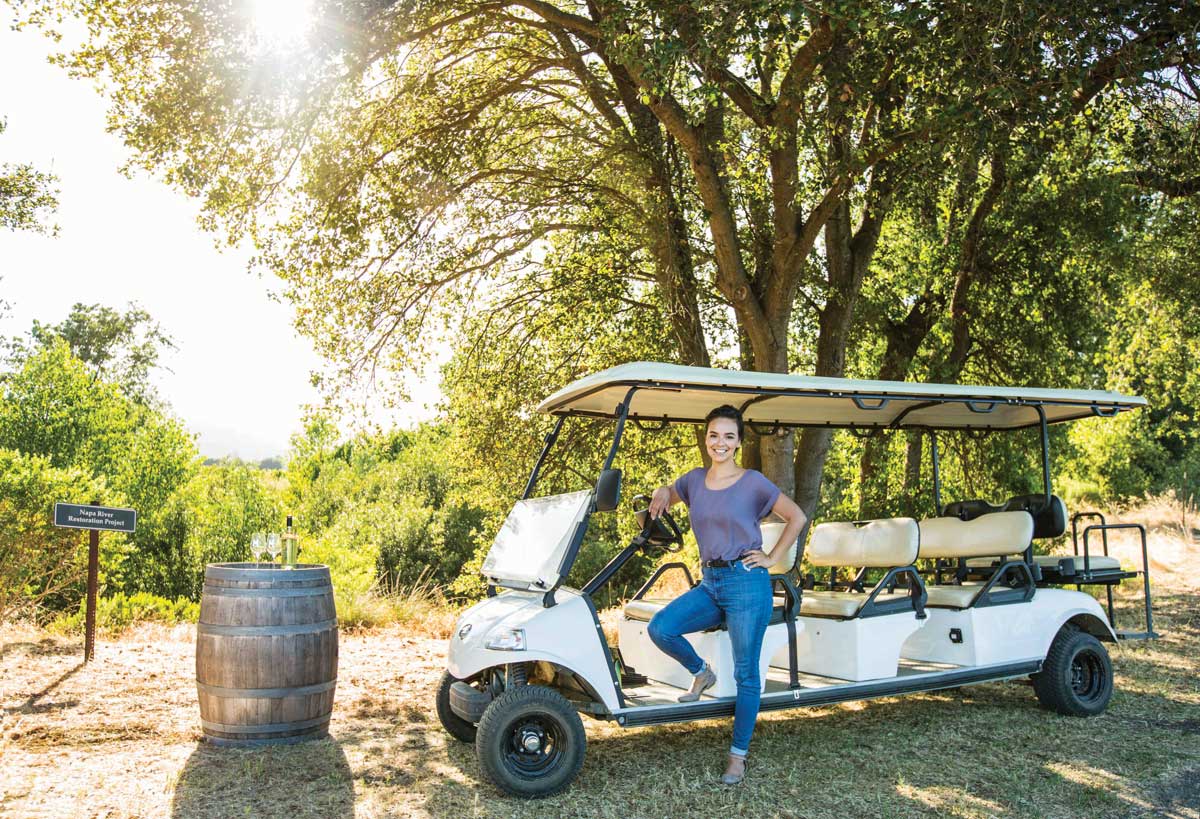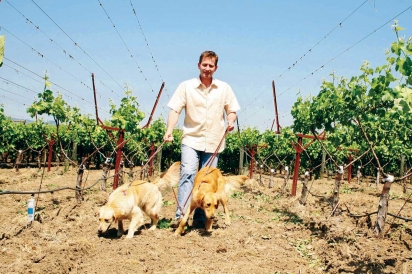Leading the Way in Sustainability in the Vineyard
Making outstanding wines is only part of the story of Honig Vineyard and Winery’s journey. Along the way, the family business finds ways to use environmentally friendly practices.
In 1964, Michael Honig’s grandfather bought 70 acres of land in the Napa Valley to create a gathering place for family and, eventually, a place to retire and make wine. In the late 60s and 70s, they sold grapes to local wineries, including Caymus, who gained wide regard for their wines using the Honig grapes. In 1974, Caymus made an award-winning single-vineyard designate Sauvignon Blanc from the Honig property. That moment planted a seed: If others could make acclaimed wines with their grapes, then one day so could the Honig family.
Louis Honig died in 1977, never attaining his dream of retiring and living on the property. But his family continued to make wine, and along the way, became leaders in sustainable farming. Today, the Honig Vineyard & Winery in Rutherford features certifications from the California Sustainable Winegrowing Association and Napa Green.
Powering Up
Wineries use a lot of electricity. So they looked to solar as a sustainability energy source. In August 2006, they installed a photovoltaic system made up of 819 ground-mounted modules to generate enough power to run the winery. Nine years later, they added 696 roof-mounted modules that doubled the power production at the winery. These moves save thousands of dollars a year in electric bills and eliminate about 300,000 pounds of carbon dioxide emissions annually. They also feed any excess energy the winery produces back into the grid for others to use. On cloudy days, when the solar system is not generating power, they receive 100% renewable renewal energy through a company called MCE.
Man’s Best Bud
To tackle the problem of vine mealybugs, Michael Honig employed a friendly alternative to broad use of pesticides. The pests attack vineyards by feeding on the tender vines and leaving a heavy excretion of honeydew, which promotes the growth of black, sooty mold. Nearly invisible to the naked eye, they’re very difficult to detect. But dogs can detect subtle odors, including the female mealybug pheromone. In 2005, Honig worked with Dr. Bonnie Bergin, founder of Assistance Dog Institute (now known as Bergin University), to help train golden retrievers. Referred to as “sniffer dogs” by winegrape growers in Napa and Sonoma counties, the dogs provide early detection of the bug, allowing the grower to treat or remove vines.
Birds and Bees of Winemaking
Bluebird boxes and owl boxes are occupied by residents that feast on bugs, day and night, keeping the insect population in check and maintaining the natural balance of the vineyard. Hawks take the day shift and owls take the night shift to keep the rodent population down.
Sustainable farming practices mean an abundance of bees, butterflies and other beneficial insects. The family name Honig is the German word for “honey,” so the winery has its own beehives along the river, where the bees can get fresh water and forage for pollen along the banks. Bees also forage in the cover crops in the vineyards and the gardens around the winery and houses. Like wine, honey’s flavor is a reflection of the plants where the pollen originated. A healthy hive has as many as 60,000 bees living in it, and these bees can produce an average of 800 pounds of honey a year. Their beekeeper extracts 100 pounds of honey per hive per year and leaves the rest for the bees. Some of their honey is sold in their tasting room and included as a gift in a wine club shipment.
Visitors to the vineyard can book a guided eco-tour that includes up-close looks at how they manage water use, provide wildlife habitat, restore the Rutherford Reach of the Napa River, along with a tasting of their classic Sauvignon blanc. The company shows off its sustainable winegrowing practices that protect the soil, air and water – elements that breathe life, and ultimately flavor, into grapes and wines.





